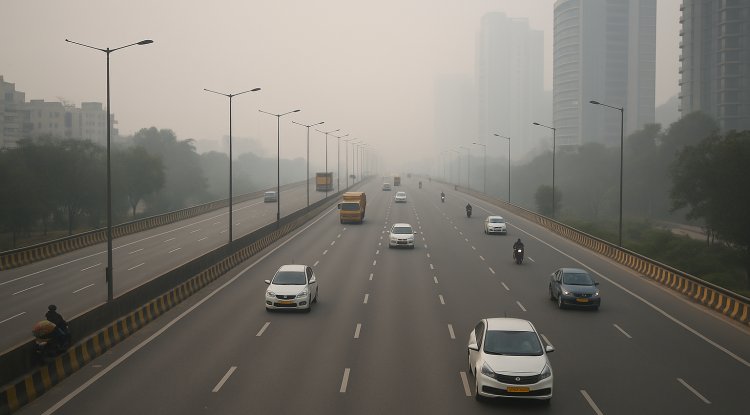India Launches National Red List to Assess Species Threats
India unveiled its National Red List Roadmap to scientifically assess and monitor the conservation status of native plant and animal species.

India has launched its National Red List Roadmap, a key step toward assessing and monitoring the conservation status of the country’s flora and fauna, at the IUCN World Conservation Congress in Abu Dhabi.
Inaugurating the programme, Union Minister of State for Environment, Forest and Climate Change Kirti Vardhan Singh said the roadmap reflects India’s long-standing efforts in biodiversity documentation, threat assessment, and conservation. He described the IUCN event as a gathering that embodies a collective global commitment to safeguarding nature and shaping a sustainable future.
Presenting India’s Vision 2025–2030 for the National Red List Assessment (NRLA), prepared by the Zoological Survey of India (ZSI) and the Botanical Survey of India (BSI) in collaboration with IUCN-India and the Centre for Species Survival, India, the Minister said the plan lays out a nationally coordinated, inclusive, and science-based framework for species assessment.
“India stands proudly among the world’s 17 megadiverse countries, home to four of the 36 global biodiversity hotspots: the Himalayas, the Western Ghats, Indo-Burma, and Sundaland,” Kirti Vardhan Singh said Although India occupies only 2.4% of the world’s land area, it harbours nearly 8% of the global flora and 7.5% of global fauna, with 28% of the plants and over 30% of the animals being endemic. India has long upheld robust legal frameworks for protection of biodiversity, foremost among them, the Wildlife (Protection) Act, 1972, recently amended in 2022 to extend protection to species listed under CITES appendices, he stated.
The Minister said the NRLA initiative aligns with India’s commitments under the Convention on Biological Diversity (CBD) and the Kunming–Montreal Global Biodiversity Framework (KM-GBF). The programme aims to build a nationally coordinated red-listing system for accurate species assessments, conservation planning, and evidence-based policymaking.
Vardhan Singh announced that the government aims to publish National Red Data Books for flora and fauna by 2030, forming the foundation for threat mitigation and sustainable development planning.
The initiative, led by the Ministry of Environment, Forest and Climate Change (MoEFCC) with ZSI and BSI as nodal agencies, will be India’s first multi-taxa national effort to assess native species using globally accepted IUCN standards.
While other Asian nations such as Bangladesh, Sri Lanka, and China have undertaken similar exercises, India’s NRLA is expected to be among the most comprehensive and collaborative, bringing together taxonomists, conservation biologists, and policymakers under a unified framework.
The Minister informed that at the heart of this effort lies the precision of species identification, an area where our taxonomic institutions, the ZSI and BSI, excel “Through this initiative, India reaffirms its strong commitment to biodiversity conservation and the global sustainability agenda,” he said.
He added that the National Red List Assessment represents “a science-based, equitable, and people-centric approach to conservation” and a landmark step toward protecting India’s natural heritage through rigorous data, partnerships, and collective action.
What's Your Reaction?

















